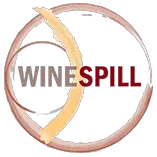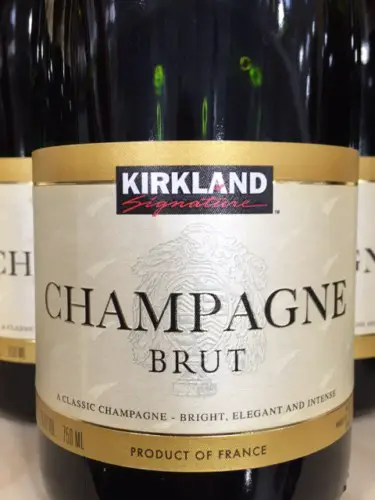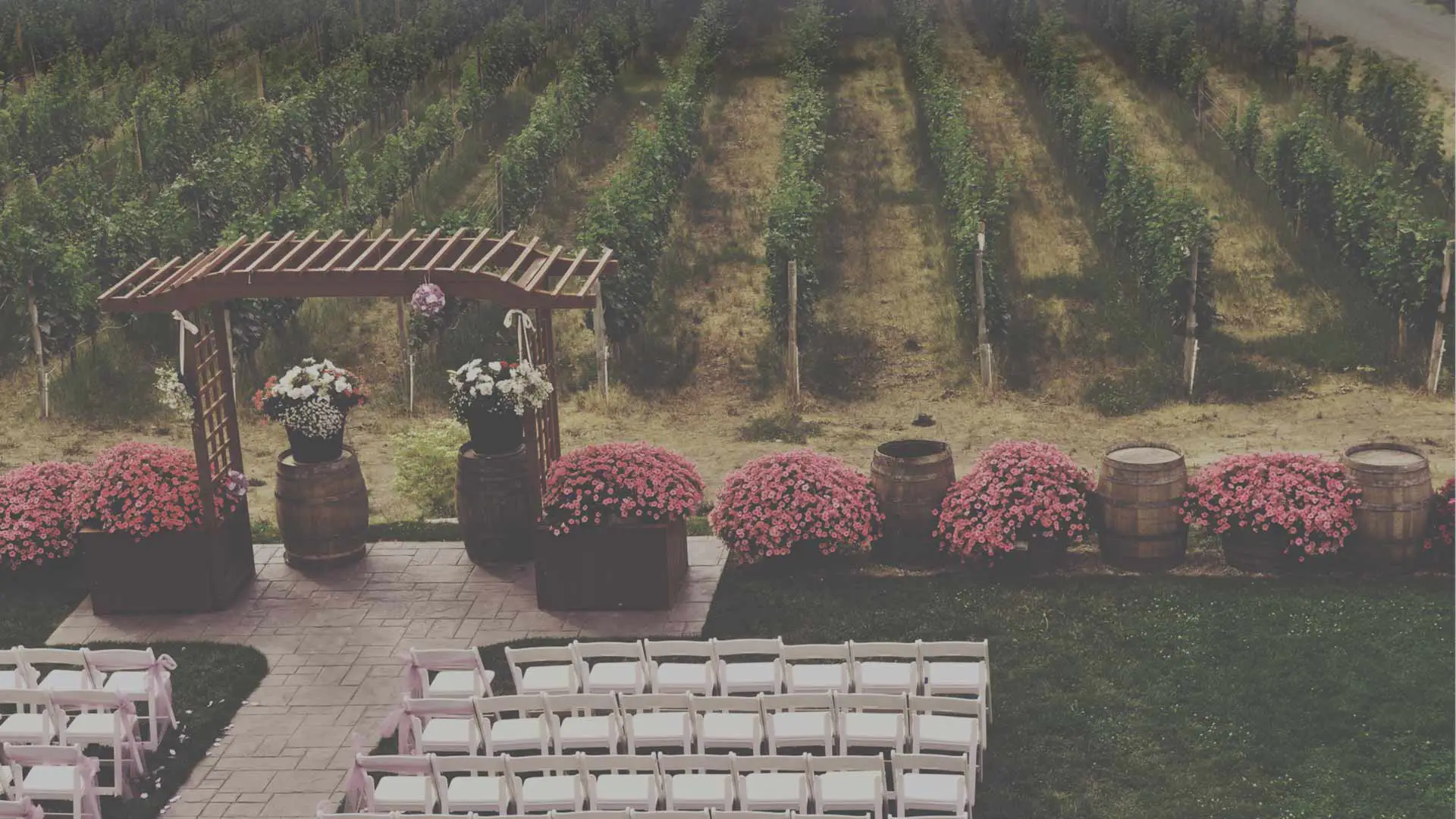
What is the most famous French wine?
You might lean your answer of the most famous French wine to Bordeaux or Burgundy. While those are two well-known wine regions, the world over knows of the Champagne region best. You must know that champagne grapes are grown only in the French region of the same name, even though many use champagne as a generic term to refer to any sparkling wine.
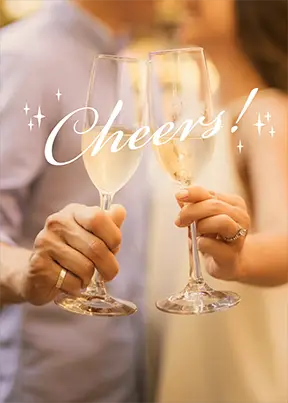
The wines of Champagne became popular in the most important social affairs throughout Europe after the fall of the Roman Empire. The Champagne area became a traditional place for the coronation of French kings and in turn the local wine of Champagne was served within the royal parties. This was the beginning of associating Champagne with celebration, even before the bubbles.
The exclusive 8,000 years of wine history has had longer than most to develop identities and symbolic meanings. These in turn can provoke conflicts and changes, and necessitate the involvement of a range of brokers who interpret what wine stands for. These issues permeate the world of wine business: from the organization of wine regions via brand management to the use of the Internet, and therefore understanding this history is essential. Managing these meanings, working with the brokers and controlling conflict is fundamental to what wine business managers deal with.
Monks saved the historic viticulture process
In the course of history, wine has been appreciated and sustained by multiple fashion trends. After the fall of the Roman Empire, the best vineyards were kept in the hands of the church.
They survived invasions by Germanic tribes and by the ninth century, the vineyards of Champagne, Paris, Alsace, the Mosel, and the Rhine Valleys were prospering. The church and the Benedictine monks have been credited with safeguarding viticulture.
Even the ascetic Saint Benedict would allow monks to drink wine (in moderation) every day, and the Benedictines also developed the resources for upgrading the quality of wine in Europe.
They made wine for three main reasons: the Eucharist, it was used at mass where wine symbolized the blood of Christ; monks provided hospitality, food, and shelter for the poor and pilgrims, and; wine was an accompaniment to meals. Wine was also considered safer to drink because the water was so polluted.
The Church improved wine technology
Because of its symbolic religious value, monks felt they had to produce the best possible wine. It was the Cistercian order, founded in 1098, who contributed the most to the progress of viticulture. The Order was managed like today’s multinational companies, as a commercial entity.
There is little documentation about the ancient techniques of winemaking. Although passion often characterized relationships between men and vines, there was still little know within the depths of the wine cellar.
Traditions were handed down from generation to generation. After the Thirty Years’ war between Catholics and Protestants, the late seventeenth century became the age of technology which was marked by an increase in the quality of the wine.
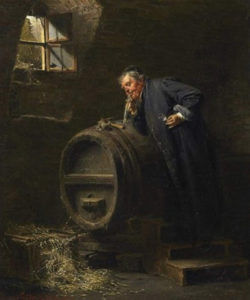
In 1600, the Theatre of Agriculture and Field Management published by Olivier de Serres in which he gave sound advice about the use of different varieties, destemming, and the length of vatting. This would produce fuller-bodied, deeper-colored, and longer lasting red wines. Reducing the need to drink wine early before it turned to vinegar as a one-year-old wine was considered old.
Clairet was the most popular red throughout southwest France that shipped through Bordeaux. Bordeaux was France’s prominent port for wine-exporting through the 1500s, but that soon spread as red wine continued to become more popular. Popular not only for a more flavorful taste, but it was promoted in medical writings as a source of nutrition and basic therapy.
Wine becomes a health-boosting beverage
At the end of the century, wine was recognized to have health-boosting qualities and doctors were prescribing their patients to drink old Burgundies and this promoted their popularity.
More emphasis was put on vineyard and variety – the hierarchy of Burgundy’s vineyards was underway. Some scientists attempted to determine what good growing conditions were.
The quality of wine became better and in particular: Tokay, port, sherry, Madeira, the clarets of Médoc and Graves, and Champagne and Burgundy blossomed as wine-producing centers.
Due to a strong presence in the Baltic and North Seas, the Dutch mastered the wine trade and revolutionized viticultural practices.
Unlike the English, they showed a preference for white wines, especially sweet ones for which they were prepared to pay a good price.
Château Haut Brion
In Bordeaux, Arnaud de Pontac, owner of Château Haut Brion successfully exported his claret to England.
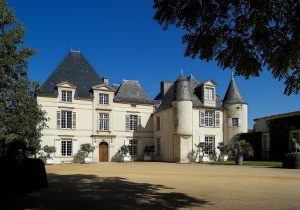
Chateau Haut Brion
In his diary, in April 1663, Samuel Pepys wrote “I drank a sort of French wine called Ho Bryan that hath a good and most particular taste that I never met with.”
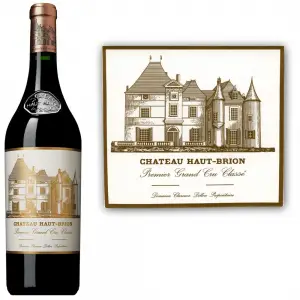
Premier Grand Cru Classé
A keen businessman, De Pontac set out to break into the English market. At Pontack’s Head, the tavern his son opened in London in 1666, the most expensive Bordeaux wines were served to the aristocracy.
Benefiting from the experience of building polders to reclaim land from the sea in the Low Countries, the Dutch aristocracy had the marshes of the Médoc dried. Vineyards soon covered Margaux, Saint-Julien, Pauillac, and Saint- Estèphe and vines were planted in rows of single, specific varieties.
Bubbles are added at the end of the 17th century
Champagne was predominantly a still wine until the nineteenth century. The birth of the sparkling wine as we know it today dates back from the end of the seventeenth century.
It was then already popular in England. Dom Pérignon who, like his peers was unaware of yeast, did not invent Champagne; Champagne invented itself in England thanks to the thick glass bottles which resisted the pressure exerted by carbonic gas and the corks which efficiently sealed them.
Soon sparkling wine became extremely popular. Madame de Pompadour claimed it was the only wine which left a woman beautiful after she had drunk it, Mozart celebrated it in Don Giovanni, and Peter the Great got drunk on it in Paris in 1717.

Champagne
Champagne went on to contribute to the economic, political and cultural influence of France throughout the world. The Veuve Clicquot’s wines beat Napoleon’s blockade to be distributed in Russia, the Germans loved it, Charles Heidsieck, nick-named Champagne Charlie, managed to break into the American market successfully.
In his desire to keep customers satisfied, the philosopher Montesquieu (1689-1755,) owner of the Château de la Brède, exported “black wines with strength and charm” and “white wines with a lot of fire” to England, “sweet wines”, “not so sweet” ones and ones which were “not at all sweet” to the Netherlands, “red-black” and “rough wines” to Nordic countries, “grey and white wines” to Flanders. Through his descriptive style of writing he resorted to wine marketing before the term existed.
Wine producing becomes a science with a dash of marketing
In the eighteenth century, books about wine began to advocate the improvement of the quality of wine using new technology.
An encyclopedia, written by physicists and chemists in the great French work of the century first brought up the subject. It revealed a budding scientific approach, with the help of poetry to fill in the gaps.
A more chemical-based approach to wine production was under way by the beginning of the nineteenth century when scientists identified some wine components.
The major contribution to oenology at the turn of the century was that of Chaptal (1756- 1832). Chaptal’s breakthrough was to consider that oenology was part of the family of chemistry. He established a theory of fermentation.
Gay-Lussac, a chemistry professor established the equation of the transformation of sugar into alcohol and carbon dioxide. From then on, wine producers were able to measure the alcohol content of wine and the first analyses were made in 1850.
Enjoy Texas Region wines
[eltdf_button size=”300px” type=”” text=”List of Texas Wineries” custom_class=”” icon_pack=”font_awesome” fa_icon=”” link=”https://mywinespill.com/list-of-texas-wineries/#complete-texas-winery-list” target=”_self” color=”” hover_color=”” background_color=”” hover_background_color=”” border_color=”” hover_border_color=”” font_size=”” font_weight=”” margin=””]
[eltdf_button size=”300px” type=”” text=”Texas Wine Trails Maps” custom_class=”” icon_pack=”font_awesome” fa_icon=”” link=”https://mywinespill.com/texas-wine-trails-maps/” target=”_self” color=”” hover_color=”” background_color=”” hover_background_color=”” border_color=”” hover_border_color=”” font_size=”” font_weight=”” margin=””]
